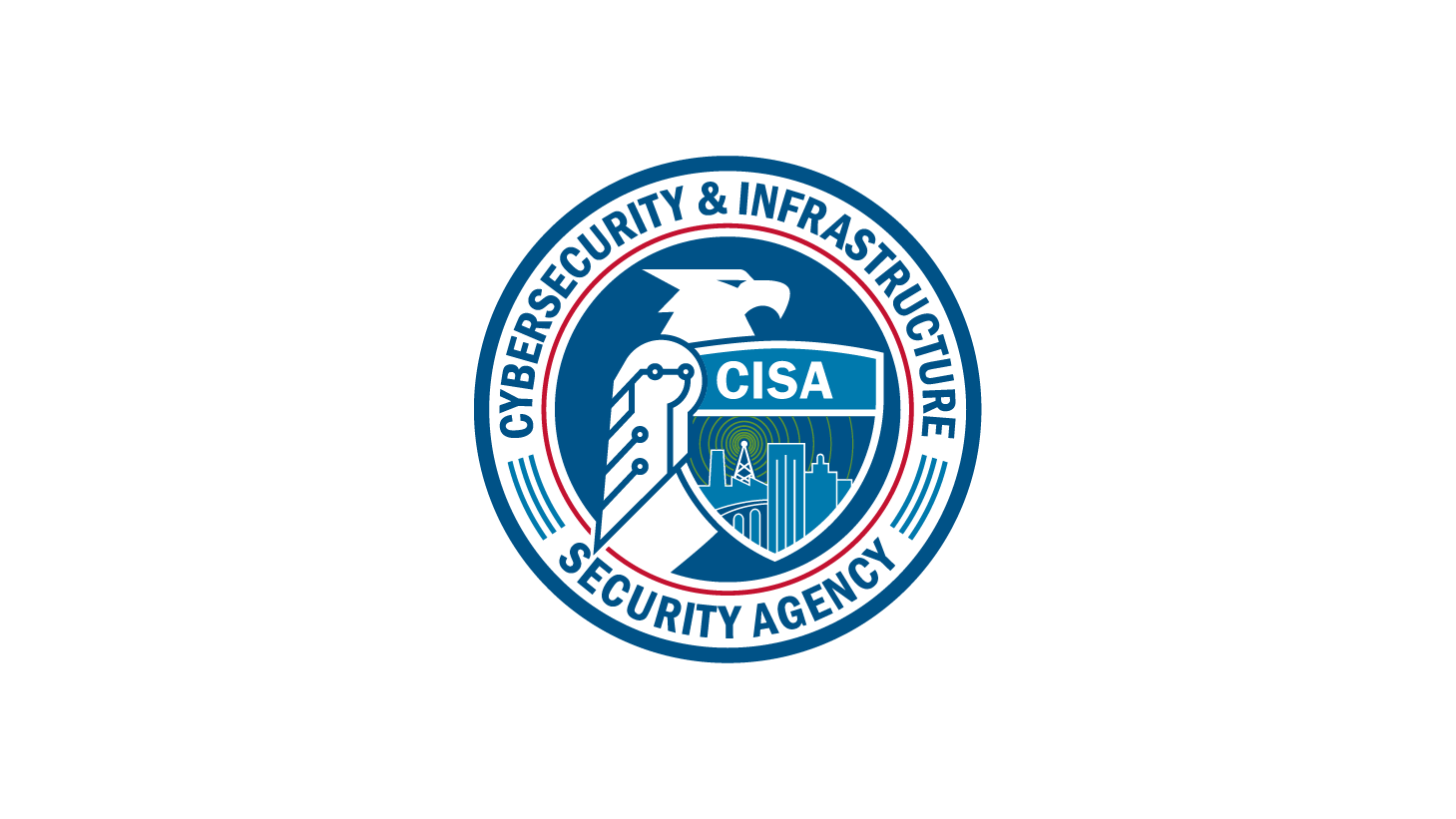Hazard Information and Analysis Resources

Hazard Information and Analysis Resources
Provided below is a listing of publicly available resources for natural hazards data and information, as well as modeling and analytic tools. Communities can use these resources to identify potential natural threats and hazards in their communities, community vulnerabilities, and consequences resulting from an event to help them develop and inform their risk assessment.
Hazard Data and Information Resources
- Single-Hazard Resources
-
Hazard Source Earthquake USGS Hazard Maps and Site-specific Data
https://www.usgs.gov/programs/earthquake-hazards/hazardsDescription: Set of maps displaying earthquake hazard exposure for regions and sites across the United States.
Flood Sea Level Rise and Coastal Flooding Impacts Viewer and Data Development, NOAA
https://coast.noaa.gov/slr/Description: A mapping tool to visualize community-level impacts from coastal flooding or sea level rise (up to 6 feet above average high tides). Photo simulations of how future flooding might impact local landmarks are also provided, as well as data related to water depth, connectivity, flood frequency, socio-economic vulnerability, wetland loss and migration, and mapping confidence.
Flood Critical Facilities Flood Exposure Tool, NOAA
https://coast.noaa.gov/digitalcoast/tools/flood-exposure.htmlDescription: This online visualization tool supports communities that are assessing their coastal hazard risks and vulnerabilities. The tool creates a collection of user-defined maps that show the people, places, and natural resources exposed to coastal flooding. The maps can be saved, downloaded, or shared to communicate flood exposure and potential impacts. In addition, the tool provides guidance for using these maps to engage community members and stakeholders. The current geography includes the East Coast and Gulf of Mexico.
Landslide Landslide Hazard Program, USGS
http://landslides.usgs.gov/Description: Data and information on current landslide reports, warnings and monitoring of major areas of incident. Hazard mapping and forecasts are also available.
- Multi-Hazard Resources
-
Hazards Source Drought & Flood Community Based Water Resilience Tool
https://19january2017snapshot.epa.gov/co mmunitywaterresilience/community-basedwater-resiliency-tool_.htmlDescription: The Community-Based Water Resiliency (CBWR) Tool is an easy way to find out how prepared your community is to handle emergencies that impact your water systems and learn about tools and resources that can be used to build resilience.
Flood & Hurricane Critical Facilities Flood Exposure Tool, NOAA
https://coast.noaa.gov/digitalcoast/tools/flood-exposure.htmlDescription: The Critical Facilities Flood Exposure Tool provides an initial assessment of a community’s critical facilities and roads that lie within the 1% annual chance flood zone established by the Federal Emergency Management Agency (FEMA). The tool helps coastal managers quickly learn which facilities may be at risk—providing information that can be used to increase flood risk awareness or to inform a more detailed analysis.
Flood, Hurricane, & Tsunami The Coastal and Inland Flooding Observation and Warning Project (CIFLOW), NOAA
https://ciflow.nssl.noaa.gov/Description: CI-FLOW captures the complex interaction between rainfall, river flows, waves, tides and storm surge, and how they will impact ocean and river water levels. CI-FLOW simulates the combined effects of coastal and inland floods. Though this information is specific to the coastal Carolina’s, it can be used as background information and best practices for any resilience program.
Drought, Flood, Winter, Storm, Wildfire, & Hurricane Billion-Dollar Weather and Climate Disasters: Table of Events, NOAA
http://www.ncdc.noaa.gov/billions/eventsDescription: Flood damage data by year, cost, and fatalities
Flood, Hurricane, Tornado, Wildfire, & Other Spatial Hazard Events and Losses Database for the United States (SHELDUS), Univ. of South Carolina
https://cemhs.asu.edu/SHELDUS/Description: County-level hazard loss data set for damages reported larger than $50,000 and/or at least 1 death. Subscription-based aggregated date covers 18 hazards and provides data back to 1960’s
Modeling and Analytic Tools
- Single-Hazard Resources
-
Hazard Source Earthquake OpenSha Seismic Hazard Analysis Tool
http://www.opensha.org/Description: Modeling tool that shows the probability that something of concern will occur given one or more earthquakes. More specifically, SHA states the probability that an Intensity Measure Type (IMT) will exceed some Intensity Measure Level (IML).
Avalanche Rapid Mass Movements (RAMMS)
http://ramms.slf.ch/ramms/index.php?option=com_content&view=article&id=60&Itemi d=77Description: Module developed to simulate flowing snow avalanches in complex terrain. The module is widely used in Switzerland for avalanche hazard studies.
Volcanic Eruption Ash3D, Volcano Hazards Program, USGS
https://volcanoes.usgs.gov/vhp/ash_info.ht mlDescription: Forecasts of expected ash dispersion (ash clouds) and deposition (ash fall) from volcanic eruptions using a numerical atmospheric transport model. The model can be run for actual or hypothetical eruptions. USGS Volcano Observatories run Ash3D for any US volcano at elevated alert level (excepting effusive Hawaiian volcanoes) assuming a reasonable hypothetical eruption. Should an eruption occur, the responsible volcano observatory updates the forecast with actual observations (eruption start time and duration, plume height) as they become available.




